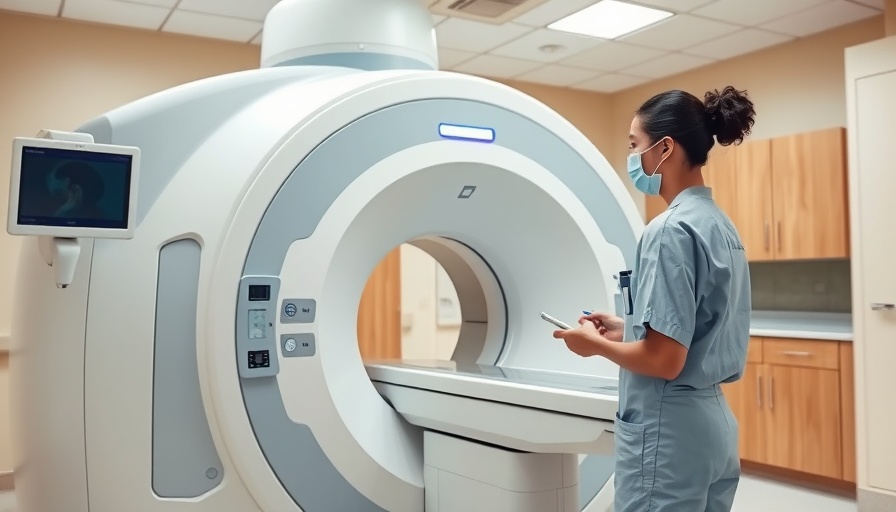
Understanding the Radiation Risks of CT Scans
CT scans have revolutionized medical diagnostics, providing detailed images that help in the early detection of various health anomalies. However, a recent study estimates that these scans may be responsible for as much as 5% of all cancers diagnosed annually, raising important questions about their safety and usage. The research, published in JAMA Internal Medicine, highlights the delicate balance between the life-saving potential of CT scans and the associated risks due to ionizing radiation.
Startling Statistics: The Cancer Impact
According to the study, which analyzed data from 93 million CT scans performed on 62 million individuals in 2023, approximately 103,000 future cancers could be attributed to these imaging techniques. This figure is significant in context; it positions CT scans alongside other known cancer risk factors like alcohol consumption and obesity. Notably, lung and colon cancers were identified as the most common types linked to the scans, raising alarms especially as these cancers increasingly affect younger demographics.
The Importance of Judicious Use of CT Scans
Experts agree that while the benefits of CT imaging are undeniable—often critical for timely diagnosis—a careful approach is warranted. The recommendations from the University of California, San Francisco study stress that practitioners should consider optimizing dosages and limiting CT use only to scenarios where it is undeniably beneficial. With the notable increase in CT scan procedures (a 35% rise since 2007), the study's authors warn that the everyday risks may be overshadowed by the frequency of use.
Expert Opinions: Weighing Risks and Benefits
While the findings can appear alarming, it’s crucial to note that the estimates come with uncertainties. Experts emphasize that the modeling used to evaluate risks involved numerous variables, including the absorbed doses of radiation in different organs and the subsequent risk of developing specific types of cancer. There is also ongoing debate regarding the level of risk inherent to various age groups, particularly children and young adults.
Future Trends: Balancing Technology and Health
As technology continues to advance, innovations in imaging techniques that reduce radiation exposure are on the horizon. Advances like low-dose CT scans and alternative imaging options may offer promising alternatives that maintain diagnostic accuracy while mitigating cancer risks. For men aged 35-55, who are often at higher risk for certain cancers, it’s critical to stay informed and engaged with healthcare providers about alternatives that can minimize exposure.
How You Can Protect Yourself
Staying proactive in your health management is essential. Here are a few practical insights to help guide your decisions regarding diagnostics:
- **Discuss Risks**: When advised to undergo a CT scan, engage in a dialogue with your healthcare provider about the necessity and potential risks, including any alternatives.
- **Seek Alternatives**: In some cases, other imaging techniques, such as MRIs or ultrasounds, may provide the necessary information without exposure to radiation.
- **Monitor Your Health**: Regular check-ups can help catch health issues early on, possibly reducing the need for radiation-heavy procedures in the future.
In conclusion, CT scans are an invaluable tool in modern medicine, but understanding their risks is equally important, particularly as advancements in health technology pave the way for safer diagnostic strategies. By maintaining an informed dialogue with healthcare providers and staying aware of alternative options, individuals can make empowered decisions regarding their health.
Take action today by discussing your imaging options with your healthcare provider and ensuring you’re making choices that align with your health goals and risks.
 Add Row
Add Row  Add
Add 




Write A Comment